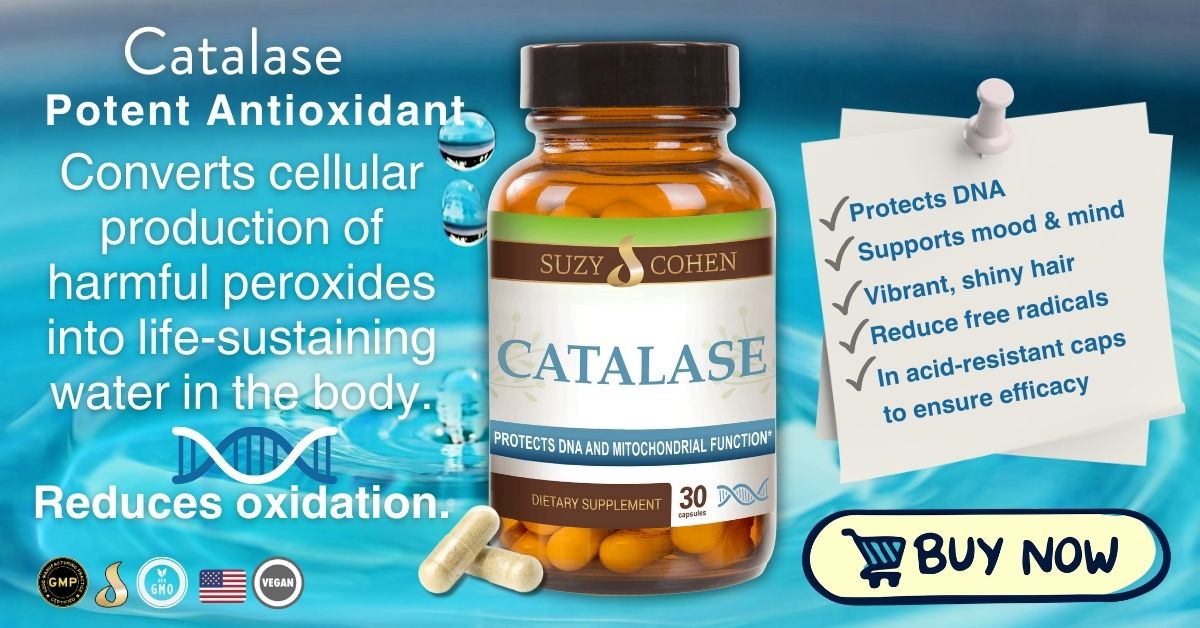What's On This Page?
ToggleEvery once in a while, a buzzword or two makes waves in the world of pharmaceuticals. Recently, one of those terms has been “JAK3 inhibitors.” And there is another intimately related pathway called STAT. Whether you’re leaning toward pharmaceutical options or natural remedies, it’s essential to stay informed.
Today, I want to help you unwrap these two terms and find out what it really means, and how it might relate to your health. JAK and STAT inhibitors are often used for the following diseases, and there are natural as well as pharmaceutical options. Broadly speaking, these are anti-inflammatory compounds. Using a JAK/STAT inhibitor drug, or natural option could help with any of these:
- Rheumatoid arthritis
- Psoriatic arthritis
- Ulcerative colitis
- Polycythemia vera
- Heart Disease (see more below)
- Myelofibrosis
- Multiple Myeloma
- Cancer (see more below)
- Crohn’s disease
- Hair loss (alopecia areata)
But beyond these conditions, research is ongoing. The potential for JAK inhibitors in treating other inflammatory and autoimmune diseases is vast and exciting. I should tell you that when I say “JAK” inhibitors, I’m referring to JAK enzymes, and there are actually several different JAK enzymes noted by numbers like JAK1, JAK2, etc.
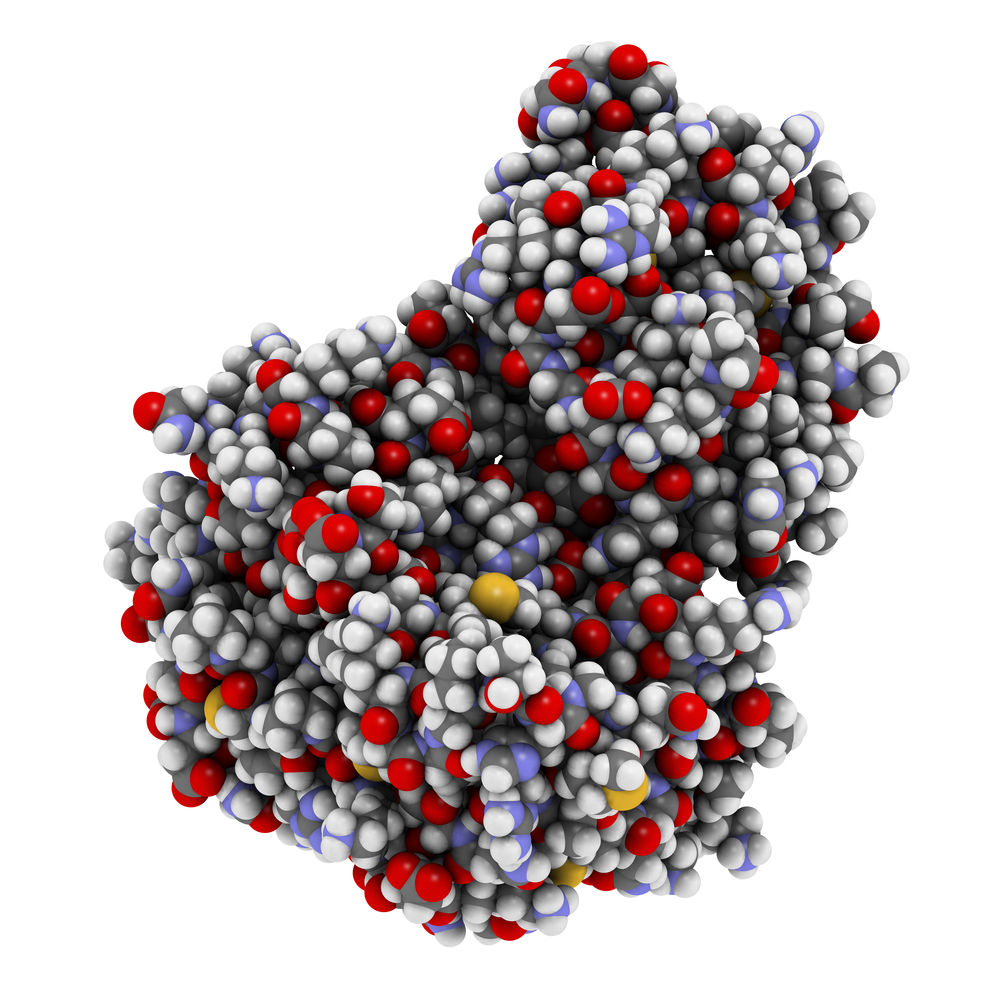
When you research treatments for the above conditions, you may come across studies, articles, and pharmaceutical sites that talk about “JAK” or “STAT inhibitors, or more commonly JAK/STAT inhibitors which refer to two different pathways.
Let’s break down what these pathways are and why they could help you.
The JAK/STAT Pathway: A Brief Overview
The JAK/STAT pathway is a principal signaling mechanism for a large number of cytokines and growth factors in cells. “JAK” stands for “Janus Kinase” and “STAT” stands for “Signal Transducers and Activators of Transcription.” This pathway is crucial in many cellular processes, including cell growth, differentiation, and immune system responses.
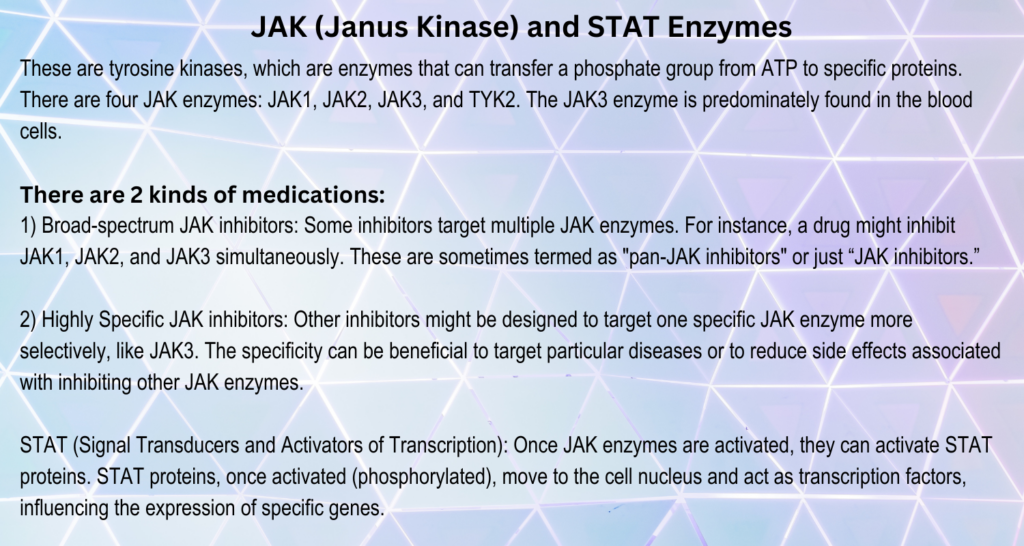
Why Inhibit JAK/STAT?
Abnormalities in the JAK/STAT pathway can lead to various diseases, including cancers, inflammatory disorders, and autoimmune diseases. Overactive JAK/STAT signaling, for instance, might lead to unchecked cell proliferation, spreading malignancy. On the other hand, excessive JAK/STAT signaling in immune cells can contribute to autoimmune disease.
Therefore, you can see why drugs that suppress or block the JAK/STAT pathway can be useful in providing more comfort and less pain. By blocking the pathway, the drugs I mention today, and the natural options can reduce symptoms, and limit flareups, while possibly modifying disease progression. Knowledge truly is power!
JAK3 Inhibitors: What Are They?
JAK3 inhibitors are a class of drugs that, well, inhibit the JAK3 enzyme when it’s out of control and making you feel pain or experience cancer cell growth, heart disease or autoimmune disorders. The Janus Kinase 3 (JAK3) is an enzyme that plays a vital role in the signaling pathways of our immune system cells. By inhibiting it, we can regulate and sometimes even reduce the immune response. Think of JAK3 as a communication hub in the body. When it gets overexcited or relays too many messages, it can contribute to inflammation and other autoimmune processes.
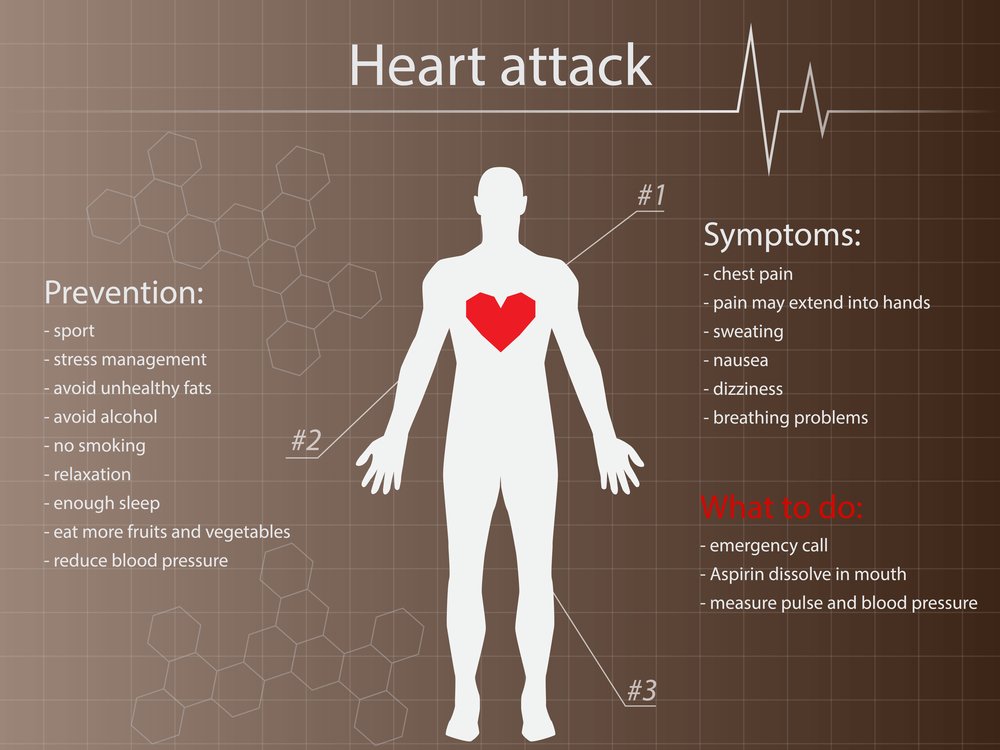
The JAK and STAT Pathways: Here’s an Analogy using Cell Phones
We all have a cell phone, don’t we? Let me simplify these complicated pathways in terms we can all understand. The JAK/STAT pathway is analogous to cell phone texting! 📱😊
Imagine that all the cells in your body have cell phones (I know, sounds weird, but bear with me). These cell (mobile) phones are how your cells “talk” to each other and decide what to do.
- The Incoming Message (Cytokines)
Someone (another cell phone) sends your cell a text message. This text message is like a “signal” from outside the cell, telling it to do something. In the real world of your body’s cells, the message comes in the form of “cytokines” most of which cause inflammation in excess. Cytokines are just proteins.
- Reading the Message (JAK Activation)
When your cell gets this text message in the form of cytokines, it needs to “read” it and understand what to do so it uses an app on the phone called “JAK.” When the message comes in, the JAK app opens and starts running and deciding what to do next.
- Passing Along the Info (STAT Activation)
After understanding the text message, your cell needs to pass this information to its nucleus which is like the “brain” of the cell. The brain has to interpret what’s happening and take action. So, it uses another app called “STAT” to forward the message internally to the brain/nucleus.
- Taking Action
Once the “brain” of the cell (the nucleus) gets the forwarded message from STAT, it knows what to do and takes action! This action might vary, it could be to divide, grow bigger, or do any number of jobs that the cells do.
Now, if these two apps (JAK and STAT) become too active or don’t work right, it’s because the cell got too many text messages, or too much spam, making it misbehave. Medically, this means that the person gets sick. Turning down the JAK/STAT pathway can sometimes calm things down.
That’s why scientists made “JAK/STAT inhibitor” pharmaceuticals which put these apps on “Do Not Disturb” mode. The cell calms down and functions more normally. The “Do Not Disturb” mode slows down the chain reaction of pro-inflammatory cytokines which are “attack” messages. The immune system gets a little bit of peace and quiet.
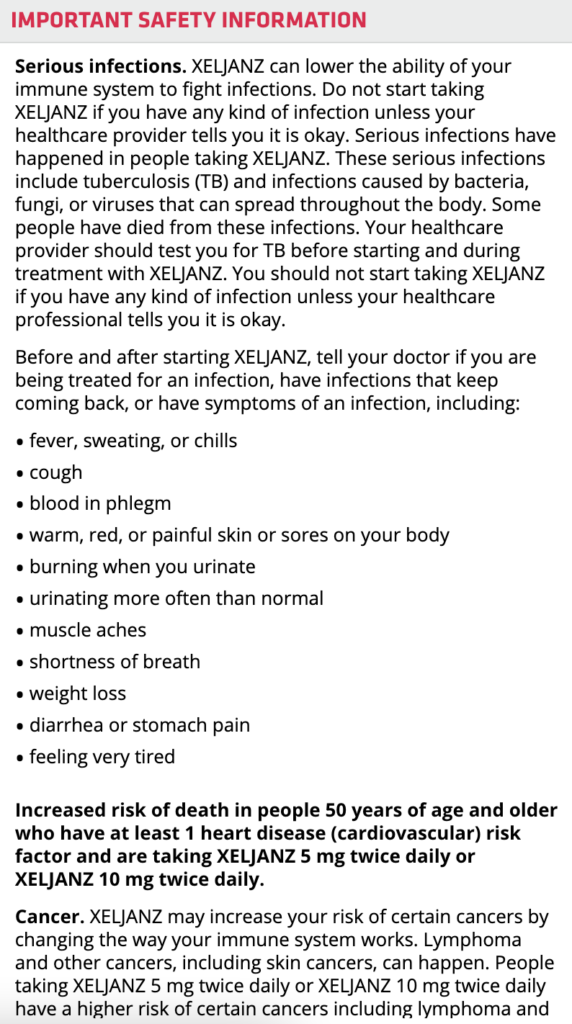
The 4 Most Popular JAK3 Inhibitor Medications
There are several drugs on the market that act as JAK3 inhibitors. While there are many, a few stand out for their widespread use:
Tofacitinib (Xeljanz®): Approved by the FDA in November 2012, this pill is used primarily for treating conditions like rheumatoid arthritis, psoriatic arthritis, ankylosing spondylitis and ulcerative colitis. In 2018, this medication being so popular generated 1.8 billion dollars (worldwide).
This medication is for adults and toddlers 2 years of age and older. If you take anti-seizure medications (ie carbamazepine, phenytoin) you should avoid this medication. Same with ketoconazole, a commonly prescribed anti-fungal.
Baricitinib (Olumiant®): Approved by the FDA in May 2022, this medication is primarily for alopecia areata (hair loss) and rheumatoid arthritis.
Ritlecitinib (Litfulo™): Approved in June 2023 for people above age 12 for alopecia areata (hair loss). It’s taken as a once-daily pill.
Ruxolitinib (Jakafi®): Approved in 2011, and was the first oral JAK3 inhibitor approved for blood cancers like polycythemia vera and myelofibrosis.
These medications work by targeting the JAK3 pathway (and blocking the communication I mentioned earlier). This reduces inflammation and continued self-attack. Ruxolitinib is an oral medication like the others above, and to be clear, it can help patients with myelofibrosis who have enlarged spleens and severe symptoms from the disease. However, it does not cure the root cause of the blood cancer.
The Top 10 Natural JAK/STAT Inhibitors
Pharmaceuticals aren’t the only answer! Nature often offers remedies that can also play a role in modulating our body’s responses. Here are the top 10 natural JAK inhibitors, in alphabetical order, some of which also inhibit STAT which I’ve noted in red.
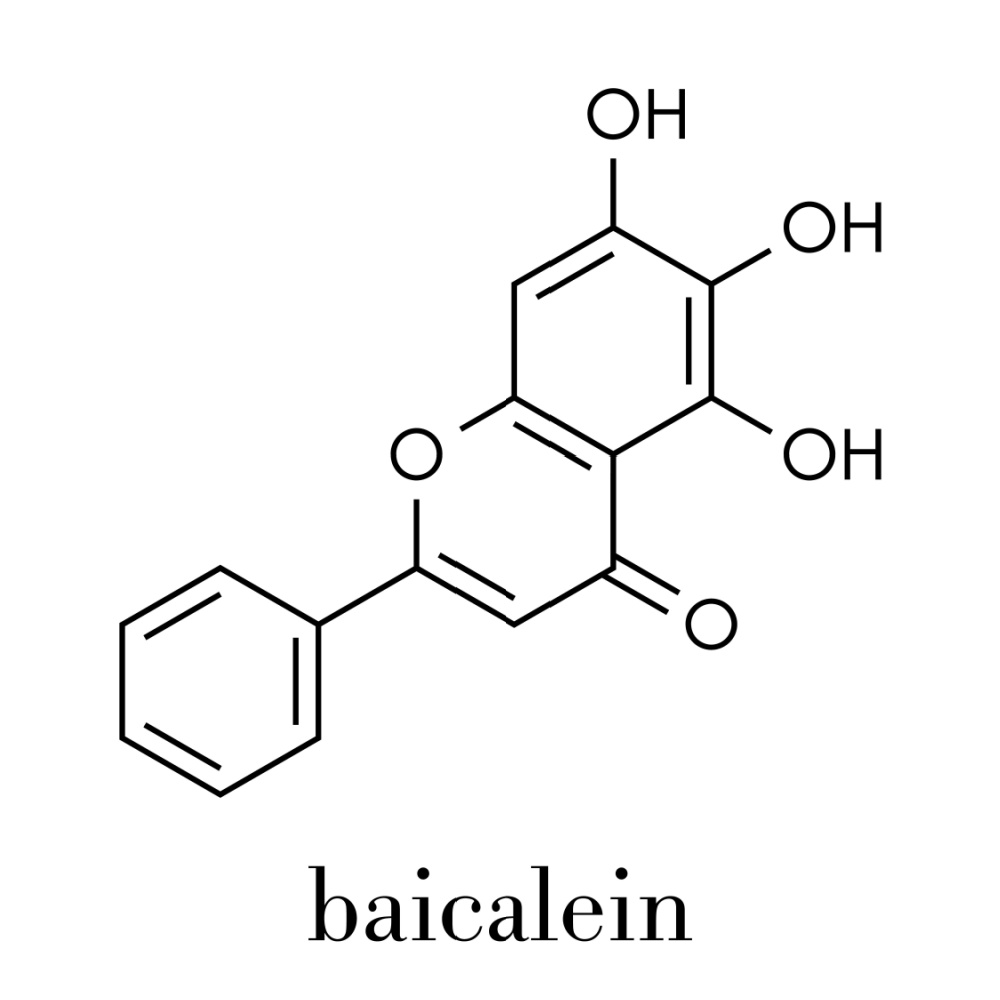
It would be an oversimplification for me to label all of them as direct JAK/STAT inhibitors because research is ongoing. Please consult with a healthcare practitioner because these are not without potential adverse effects.
For example, too much silymarin is estrogenic (selective to ERbeta), and excessive baicalein can make one sleepy, or short of breath, and besides, there are allergies to herbals just like there are to drugs.
- Baicalein: A component of Chinese skullcap with anti-inflammatory properties
- Beta-sitosterol: Found in many plants, it helps in reducing inflammation and modulating JAK3
- Berberine: Found in various plants like goldenseal, it has many health benefits
- Curcumin: The active ingredient in turmeric and a powerful anti-inflammatory agent
- Epigallocatechin gallate (EGCG): Another component of green tea and matcha
- Genistein: Found in soy products, it can block JAK3 actions
- Green tea: Rich in polyphenols, green tea has components that can inhibit JAK3
- Quercetin: Present in many fruits and vegetables, quercetin can modulate the JAK3 pathway
- Resveratrol: Found in red grapes, it has numerous health benefits, including JAK3 inhibition
- Silymarin: An extract from milk thistle, known to help liver health and inhibit JAK3
JAK Inhibitor Side Effects
Infections: One of the most significant concerns with JAK inhibitors is the increased risk of infections. Since JAK inhibitors modulate the immune system, they can weaken the body’s defense against infections. This can lead to common infections like upper respiratory tract infections, but also more severe ones like tuberculosis or fungal infections.
Blood Abnormalities: JAK inhibitors can affect the bone marrow, leading to decreased blood cell counts. This includes a reduction in red blood cells (anemia), white blood cells (neutropenia), and platelets (thrombocytopenia). Regular blood tests are often required to monitor these levels.
Liver Enzyme Elevations: Some people on JAK inhibitors may experience an increase in liver enzymes, indicating potential liver damage. Regular liver function tests can help monitor this.
Increased Cholesterol Levels: JAK inhibitors can elevate cholesterol levels in some individuals, which may increase the risk of cardiovascular events.
Gastrointestinal Issues: Some users report stomach discomfort, nausea, or other digestive issues.
Potential Increased Risk of Blood Clots: Some studies have indicated that certain JAK inhibitors might increase the risk of blood clots, leading to conditions like deep vein thrombosis or pulmonary embolism.
Risk of Certain Cancers: While the data is still evolving, there’s a concern that long-term use might be associated with a slightly increased risk of certain cancers, given the immune system’s role in monitoring and destroying precancerous cells.
There is an interesting link between CANCER and low Vitamin D. We know that Vitamin D plays a crucial role in cell growth and differentiation. It helps regulate genes that control cell proliferation, differentiation, and apoptosis (which is the word for programmed cell death).
Elevated Blood Pressure: There’s potential for increased blood pressure in some patients.
Kidney Function Issues: In some cases, JAK inhibitors might impact kidney function, though this is less common.
Mood Changes: Mood alterations or symptoms of depression have been noted in a minority of patients.
Regular monitoring by a physician, including routine blood tests and check-ups, is crucial when on these medications to catch and address any adverse effects early on. It’s also vital for patients to report any new or unusual symptoms to their healthcare provider promptly. As always, any decision about treatment should be made in close consultation with a healthcare professional, weighing the benefits and risks for the individual patient.
JAK Inhibitors and the Immune System
JAK inhibitors work by dampening the activity of the immune system. While this is beneficial for conditions where the immune system is overly active (like autoimmune diseases), it also means that the body’s normal defenses against infections can be weakened. That means you have a higher risk of getting sick or feeling more complications. So, someone on a JAK inhibitor might catch colds, the flu, or other infections more easily than someone not on these medications. It might also take you longer to get well and get past the illness.
Evaluating Safety and Intermittent Use
There are many drugs that have to be stopped periodically. JAK inhibitors, including those specifically targeting the JAK3 enzyme, have brought significant relief to many people, especially those with inflammatory conditions that create pain and disfigurement. However, should you stop? The question of whether to cycle these medications (periods “on” and “off”) or take them indefinitely is a nuanced one.
- Continuous vs. Intermittent Use:
You can ask your doctor, but as a pharmacist, I’d say most people prescribed JAK inhibitors typically take them continuously. They don’t stop periodically to take a drug holiday. This continuous usage helps maintain control over the disorder, preventing flare-ups and harm caused by unchecked inflammation.
Intermittent or on-off usage isn’t standard practice for these medications, as it could lead to unpredictable disease control, but that said, if you are experiencing dangerous side effects, you should definitely take something else. Speak to your doctor.
- Long-term Safety:
The long-term safety profile is still being studied, these drugs haven’t been around very long, even the ones that were FDA-approved in 2011 and 2012, that’s barely over 10 years! As such, these are considered relatively new medications in comparison to some other classes of meds that have been around for decades. Side effects vary from mild to life-threatening, and the long-term effects are still evolving.

Suzy Cohen, has been a licensed pharmacist for over 30 years and believes the best approach to chronic illness is a combination of natural medicine and conventional. She founded her own dietary supplement company specializing in custom-formulas, some of which have patents. With a special focus on functional medicine, thyroid health and drug nutrient depletion, Suzy is the author of several related books including Thyroid Healthy, Drug Muggers, Diabetes Without Drugs, and a nationally syndicated column.

